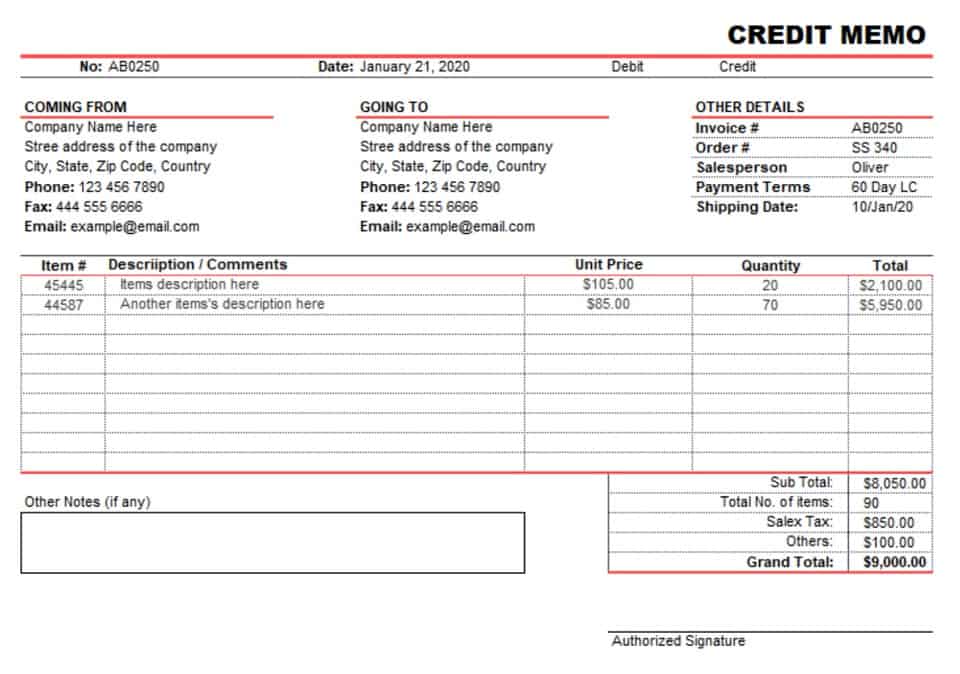
The halfway house business model is a unique approach to rehabilitation and reintegration of… In the realm of business strategy, expanding a company’s product offerings can be a pivotal move to… Startups, by their nature, are entrepreneurial – testing new things, launching new products, and disrupting themselves. That’s why you join a startup in the first place – to create, to stretch beyond your current capabilities, and to make an outsized impact. Learn about emerging trends and how staffing agencies can help you secure top accounting jobs of the future. For the past 52 years, Harold Averkamp (CPA, MBA) hasworked as an accounting supervisor, manager, consultant, university instructor, and innovator in teaching accounting online.
LIFO Method: Definition, Benefits, Drawbacks, and Applications
It’s often used by businesses in industries where costs fluctuate or inflation is a factor, helping them control expenses and keep operations running efficiently. Furthermore, the LIFO reserve can have implications for mergers and acquisitions. When companies are evaluated for potential buyouts, the LIFO reserve is a critical factor in determining the true value of a company’s assets. For example, if a business has an inventory valuation of $1,000,000 using LIFO, but when applying FIFO that value rises to $1,200,000, the LIFO reserve would be $200,000. This amount highlights the potential impact of inventory accounting choices on the perception of financial stability and profitability.

Introduction to LIFO Reserve and Its Role in Accounting
By using the most recent, higher-priced inventory to calculate the cost of goods sold, businesses can report lower profits on paper—leading to tax savings. Those savings can translate directly into more cash for reinvestment or day-to-day operations. However, this inventory costing method represents fewer profits for a business, giving the advantage of deduction in taxes the company has to pay. A business can use the LIFO method to lower the taxes and increase the cash flows at higher prices.
How to Manage a Seasonal Business: Advice from Urban Garden
- This reserve represents the difference between the cost of inventory calculated using the LIFO method and its cost using the First-In, First-Out (FIFO) method.
- This inventory accounting method assumes that the recent items added to the inventory are the ones sold first.
- Depending on the business’s nature, the older stock may become outdated or obsolete.
- The main purpose of LIFO Reserve is to bridge the gap between the costs when using LIFO Method and costs when using the FIFO method.
- The LIFO Reserve also has several disadvantages that companies need to consider.
- Inflation can significantly impact the LIFO reserve, as rising prices intensify the differential between the LIFO and FIFO inventory valuations.
FIFO typically results in balance sheet inventory valuations that more closely reflect current market values. LIFO, on the other hand, can lead to significantly understated inventory values, especially during periods of long-term inflation. During inflationary periods, LIFO generally results in higher COGS and lower net income compared to FIFO. This can lead to lower tax liabilities but may also make the company appear less profitable.

FIFO is more common, however, because it’s an internationally-approved accounting methos and businesses generally want to sell oldest inventory first before bringing in new stock. In the First in First Out method, it is assumed that you sell the products you purchased earlier first before unearned revenue moving on to the next product. There is no difference between the LIFO and FIFO methods if the cost of goods remains constant.
- Keeping the LIFO reserve up-to-date improves the accuracy of financial reporting and prevents distorted operational metrics.
- The debt to equity ratio is a financial metric that measures a company’s financial leverage by comparing its liabilities to its equity.
- It is important to realize that the LIFO reserve is sometimes referred to as excess of FIFO over LIFO cost, LIFO allowance, or revaluation to LIFO.
- As indicated above, the LIFO reserve is important for a company because it explains any differences between the LIFO and FIFO accounting methods.
- However, the use of LIFO Reserve can have a significant impact on Return on Assets (ROA), which is a key financial metric used to measure a company’s profitability.
Thus, it plays a critical part in the fair presentation of inventory value within the financial statements and clearly discloses the impact of an organizations strategic valuation methodology. If this account balance changes, more costs will be assigned to cost of goods sold for the year causing reported profits to decrease. Investors can use this change to either calculate the tax benefits of using LIFO vs FIFO or see the results of inflation on inventory values. While LIFO is primarily an accounting concept, it has implications for inventory management practices. Implementing LIFO often requires sophisticated inventory tracking systems that can maintain detailed records of costs and purchase dates. LIFO requires careful management of inventory layers, which can influence decisions about when to purchase new inventory.

Step-by-Step Method for Determination

The LIFO Reserve has a significant impact on a company’s EPS calculation because it affects the cost of goods sold (COGS) and, therefore, the net income. When the LIFO Reserve increases, the COGS increases, and the net income decreases, which reduces the EPS. Conversely, when the LIFO what is lifo reserve Reserve decreases, the COGS decreases, and the net income increases, which increases the EPS.
Analysts should always consider LIFO Accounting for Churches effects when evaluating earnings, particularly in industries susceptible to fluctuating costs. Additionally, understanding the LIFO reserve can help investors gauge the company’s pricing power and cost management strategies. In times of rising prices, companies using LIFO may appear less profitable, but they could be better positioned to manage costs in the long run, as they are matching current revenues with more recent costs.
